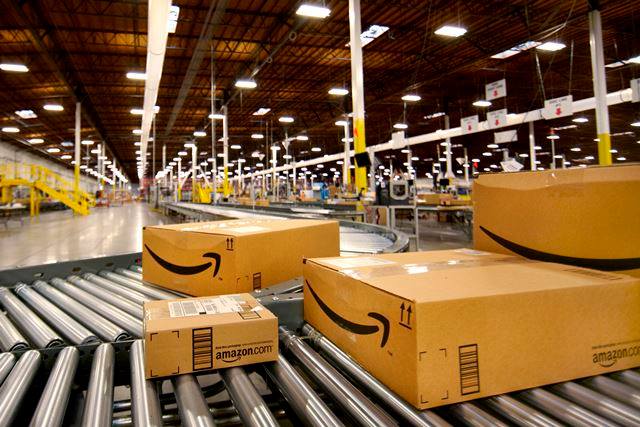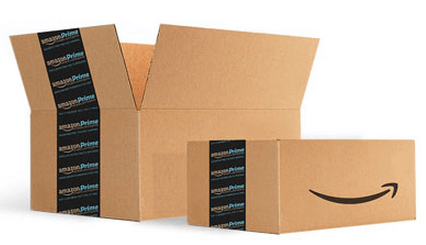How Amazon Vendors Expand To Seller Central [And Why The Time Is Now]


More and more brands today sell on both Amazon Vendor Central (1P) and Seller Central (3P) to make the most of Amazon’s marketplace. Vendor Central and Seller Central have unique advantages, which is why many businesses consider selling on both.
But expanding your catalog to two platforms is not without its challenges.
Which approach is right for your business? Keep reading to learn how businesses are using both Vendor and Seller Central to manage their catalog and grow on Amazon.
Learn how to gain tighter control over inventory, product pricing, and, most importantly, flexible options to manage and scale your business.
The Amazon selling ecosystem is broken up into two main parts: Amazon Vendor Central (1P) and Amazon Seller Central (3P).
1P includes:
3P includes:
So why would a brand on Vendor Central choose to expand to Seller Central? For many vendors, this isn’t as much a choice as a necessity based on some of Amazon’s recent actions.
Here’s what Leo Carrillo III, Associate Director, Amazon & Marketplace Growth said in a recent webinar:

“In March 2019, Amazon stopped issuing POs to some Vendors. I’m willing to bet many of you listening were also impacted by this. Today we are having this discussion because when Amazon stopped issuing those POs many Vendors were left wondering: What are we supposed to do? Although Amazon did resume PO orders eventually, we want to ensure brands are equipped with the strategy if Amazon ever decides to halt POs again.”
Amazon Vendors often experience pain points around the following:
Selling on Seller Central avoids many of these pain points for brands by giving you more control over your inventory, processes, and much more.
Here are some of the main advantages of selling on Seller Central has over Vendor Central.
Stockouts can harm any seller on Amazon — not only will it decelerate your sales, but it can also cause your product to lose organic rank on the product listing page.
In Vendor Central, Amazon’s Purchase Order system means that you don’t have control over inventory management. With Seller Central, you have full control over how much inventory is available. You also have more control over your fulfillment options, including FBA, Fulfilled by Merchant, and Seller-fulfilled Prime.

With Vendor Central, you have no control over your pricing. Amazon can constantly re-price your products. Amazon also focuses on lowering the cost of goods sold (COGS) so that they can sell your products for even less.
With Seller Central, you have full control over pricing (and re-pricing). Of course, this comes with the responsibility to manually update prices as necessary.
For Amazon Vendors, it’s also difficult to address issues with ASIN-level proï¬tability, especially when your margins are already minimal. These challenges are much easier to address with the control and flexibility offered by selling your products on Seller Central.
Based on all of the above, expanding onto Seller Central sounds great, right? And it can be — but it can be a complicated technical process, too.
(It’s also worth noting that if you’re already an established Vendor, your Amazon Vendor manager can block you from creating a 3P account.)
Choosing between Vendor Central and Seller Central will depend on:
You pay higher fees when you sell on Seller Central — but you also have less control over your product pricing and marketing.
When you sell on Vendor Central…
When you sell on Seller Central…
In addition to fees, your business operations will look different with Vendor Central vs. Seller Central. When you sell on Vendor Central, you ship your products to Amazon, then Amazon ships orders to the end customer. On Seller Central, you have control over fulfillment by choosing either FBA or fulfilled by merchant (FBM).

Sellers can also directly interact with customers who purchase from them. As a Seller on Amazon, it’s your responsibility to maintain peak Account Health, which means providing the best customer service to buyers. The majority of this will be responding to Buyer Messages. Make sure you understand customer service best practices to keep your customer communication up to Amazon standards. (Otherwise, you risk being suspended from Amazon.)
If expanding to Seller Central sounds like the right choice for your business, here are some steps you’ll need to take:
(If this sounds overwhelming, don’t worry; transitioning to Seller Central is an ongoing process, and Tinuiti’s Amazon experts can help you along the way.)
Now you have the information you need to choose whether expanding to Seller Central is right for your business.
Here are 3 tips from our experts to keep in mind as you consider the transition:
If you want to learn more or need additional advice, you can schedule a 1:1 strategy evaluation with Tinuiti to figure out which Amazon strategy is best for your business.
